Solace
Computing UV exposure and risk to reinforce skin health
Ambition
How might we reduce the frequency of sun overexposure?
Solution
Product Design
UX/UI
Roles
Lead UI Designer
UX ResearcherContent Designer
Timeline
3 months
3 months

The Challenge ︎
Sun overexposure and ultraviolet radiation (UVR) are the primary causes of skin cancer, leading to 1.8 million+ diagnoses in North America each year.
That makes skin cancer one of the most common cancers on the continent.
To understand why sun overexposure is so prevalent, we conducted a community survey to discover trends and behaviours in the sun. We collected 40 survey responses from a broad demographic of people who frequently participate in outdoor activities.
Key Findings

95% are aware of the effects of sun overexposure i.e. sunburn, skin aging, skin cancer
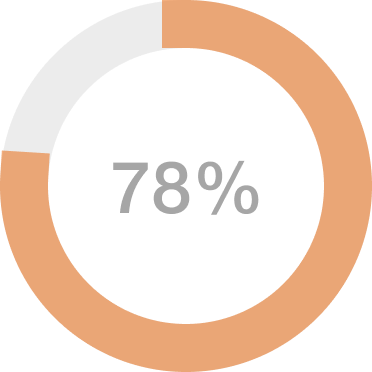
78% frequently perform suncare i.e. applying sunscreen, and/or wearing UV protective gear

88% continue to experience skin damage from UVR
Research revealed that people have knowledge of suncare and the common effects of sun overexposure, yet still sustain damage to their skin.
This demonstrates lack of understanding of the rate at which UVR is absorbed, leading to overexposure. Rate is determined by several factors, including the day’s UV index (UVI), location, and skin type.
︎ Ambition
How might we reduce the frequency of sun overexposure?
Brainstorming a Solution
Building off the hypothesis created from our research data, our team of 4 conducted a design sprint and brainstormed 16 designs — which were downselected to the following 3. The idea was to incorporate nanotechnology so that UV data could be communicated to an app for a personalized and accurate visualization of UV absorption:
UV Adhesive
Unintrusive, discreet,
suitable for most outdoor activities
![]()
Unintrusive, discreet,
suitable for most outdoor activities

Smart Ring
Minimal, fashionable, user can visualize the rate of UV absorption
![]()
Minimal, fashionable, user can visualize the rate of UV absorption
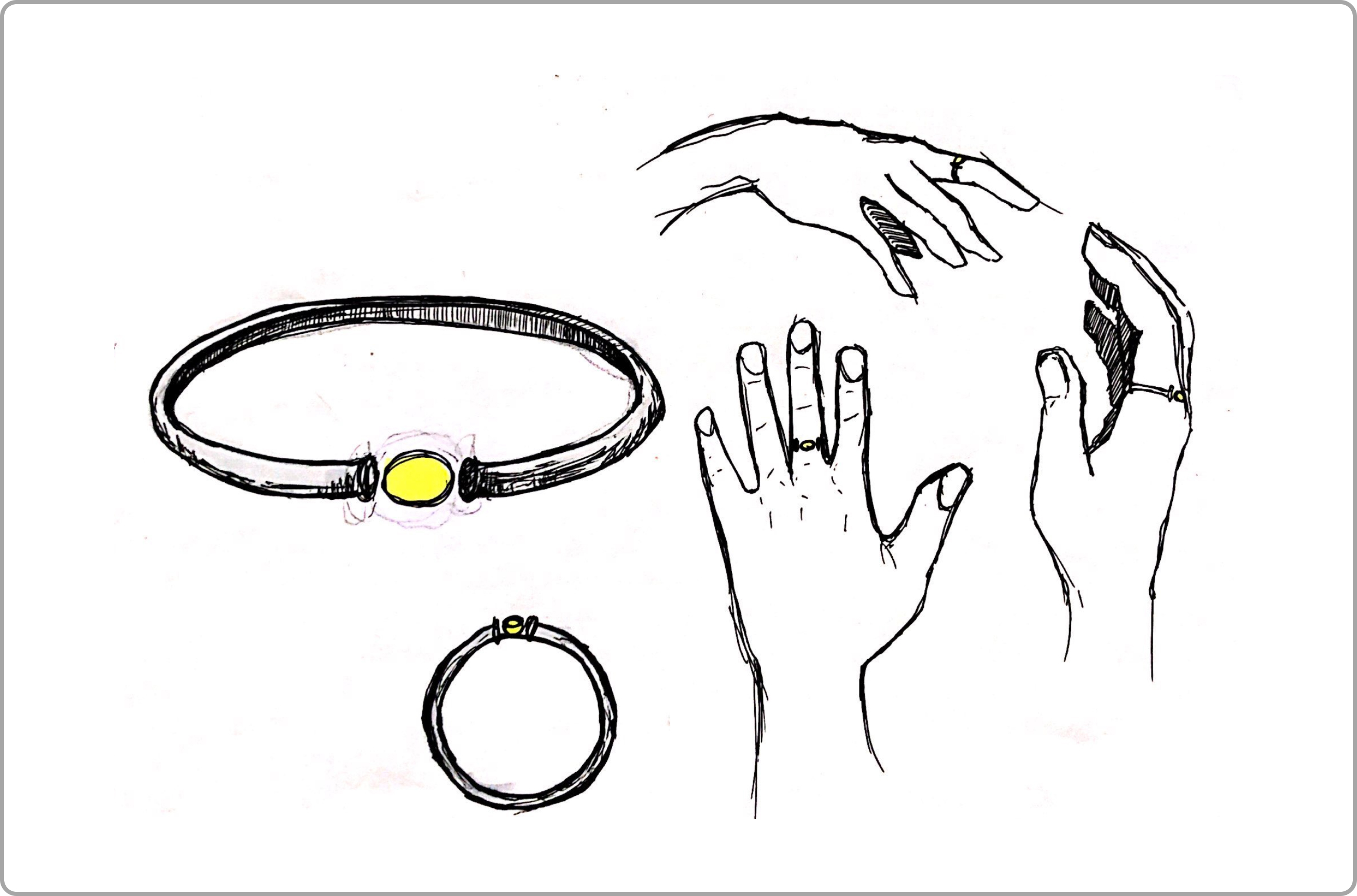
Smart Earring
Similar concept to the ring, but
less intrusive during outdoor activity
Similar concept to the ring, but
less intrusive during outdoor activity
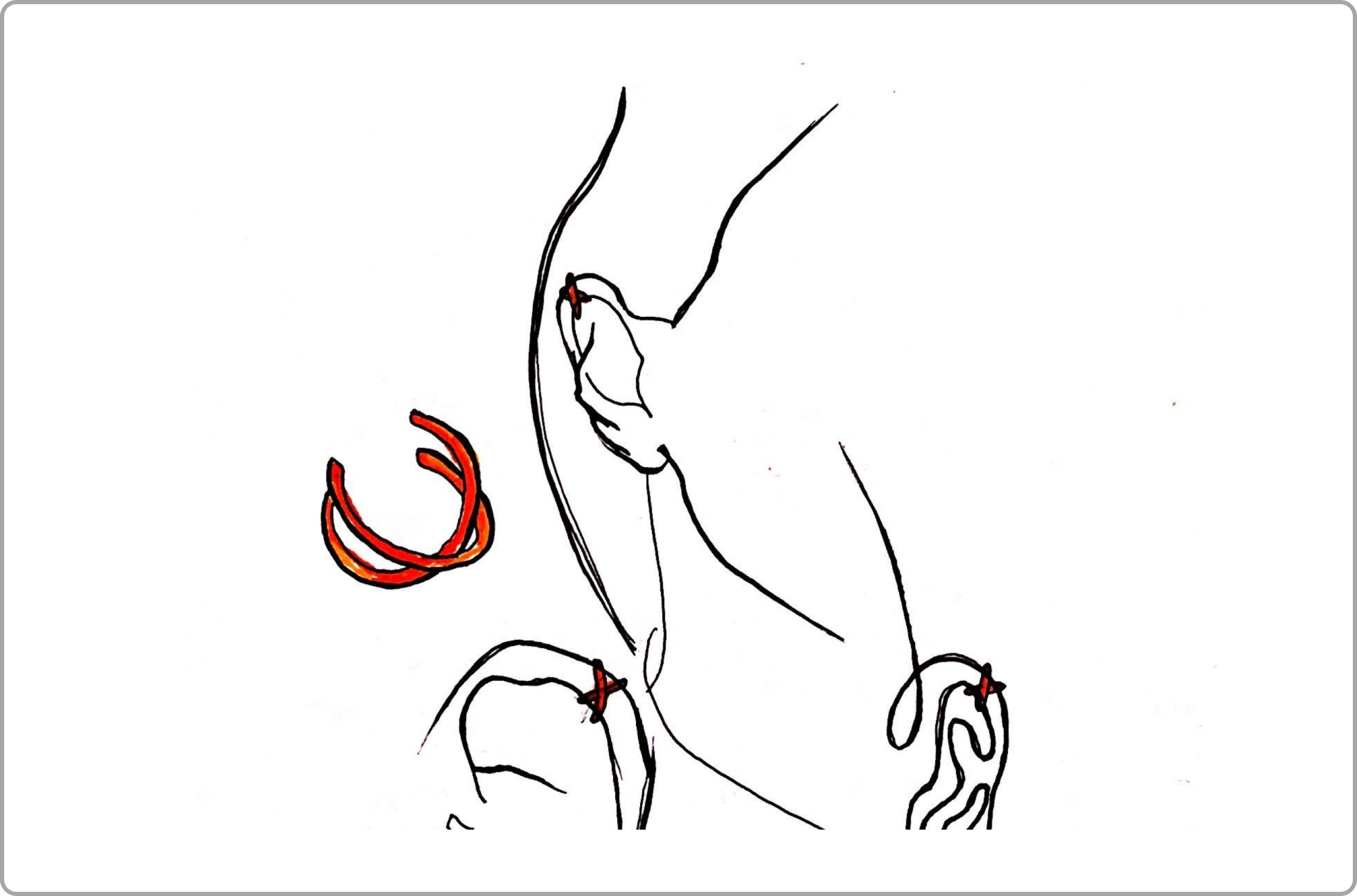
Participatory Design Study
To determine the most optimal design of the three, 15 participants from the preliminary survey were assigned a product at random and asked to incorporate it into their routine.
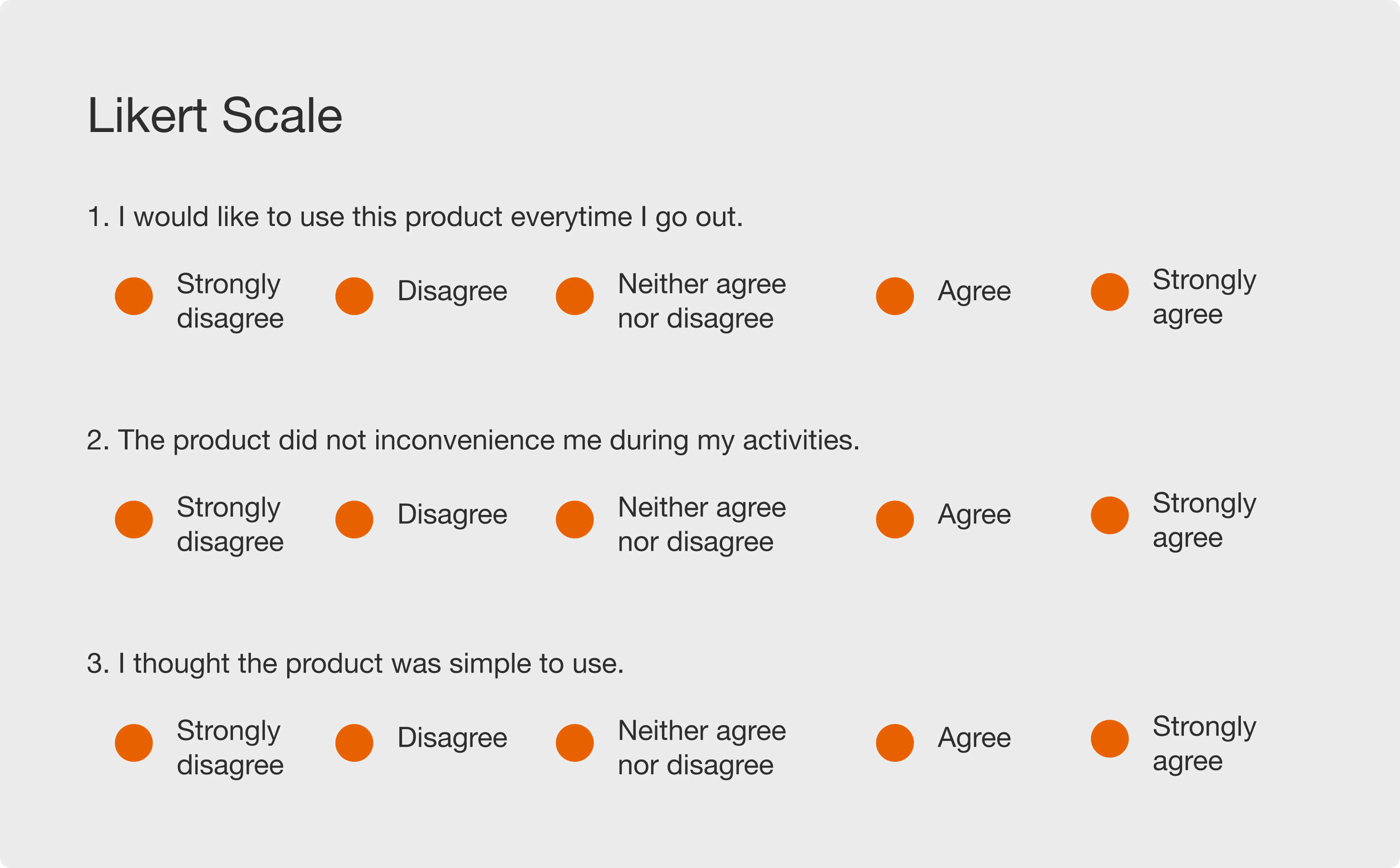
Over the span of 5 days, each group used a beta version of a design during their outdoor activity.
At the end of the testing period, users were asked to rate their experience on a Likert scale.
Each option in the scale was given a numerical value of 1 to 5, from “Strongly Disagree” to “Strongly Agree” respectively. By adding up the values for each product, we determined that the UV Adhesive scored the highest.
At the end of the testing period, users were asked to rate their experience on a Likert scale.
Each option in the scale was given a numerical value of 1 to 5, from “Strongly Disagree” to “Strongly Agree” respectively. By adding up the values for each product, we determined that the UV Adhesive scored the highest.
User Feedback + Iterations
The adhesive was more versatile and less intrusive, but 60% of participants thought the look of it was too conspicuous. After 3 rounds of A/B testing and user feedback, we pivoted to a more minimal design.
2nd Iteration: Sized down and minimal with a logo-based design


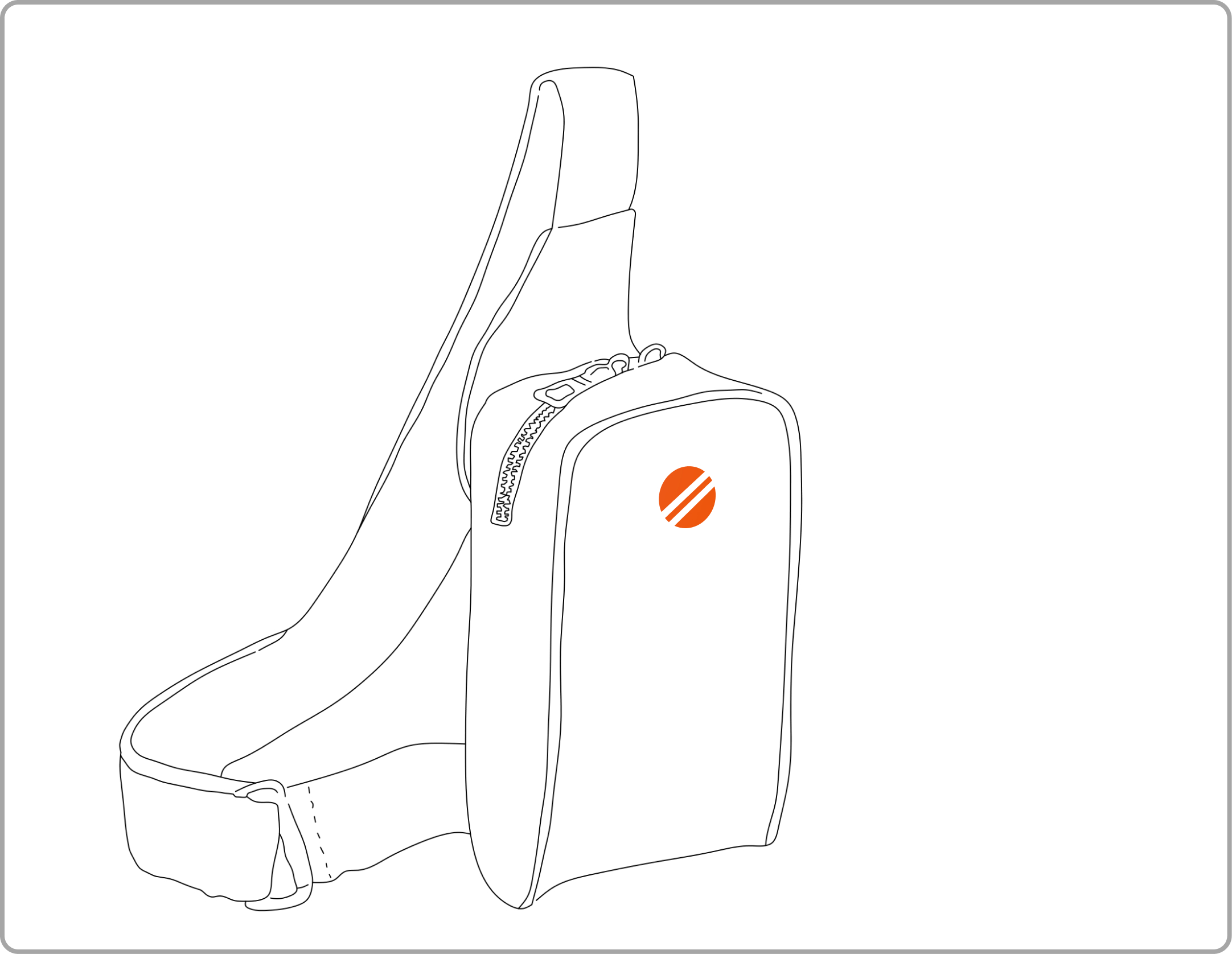
3rd Iteration: Further refined to visualize UV risk levels


To design the paired app, we sketched, created wireframes, and mapped out the user flow:

Final Design ︎
Introducing Solace — an integrated product that allows users to track UV absorption in real-time based on the day’s UV index, location, and skin type. This helps proactively take care of their skin and ideally, reduce the number of skin cancer cases upon mass adoption.
The minimal UV adhesive can be placed virtually anywhere on the body, making it ideal for outdoor use. Sensors gradually change the colour of the adhesive as more UV is absorbed. The UV data is captured and linked to the Solace app, where personalized recommendations are provided.
Prototype: UV Adhesive
Rested State
Indicates little to no UV risk
![]()
![]()
Indicates little to no UV risk

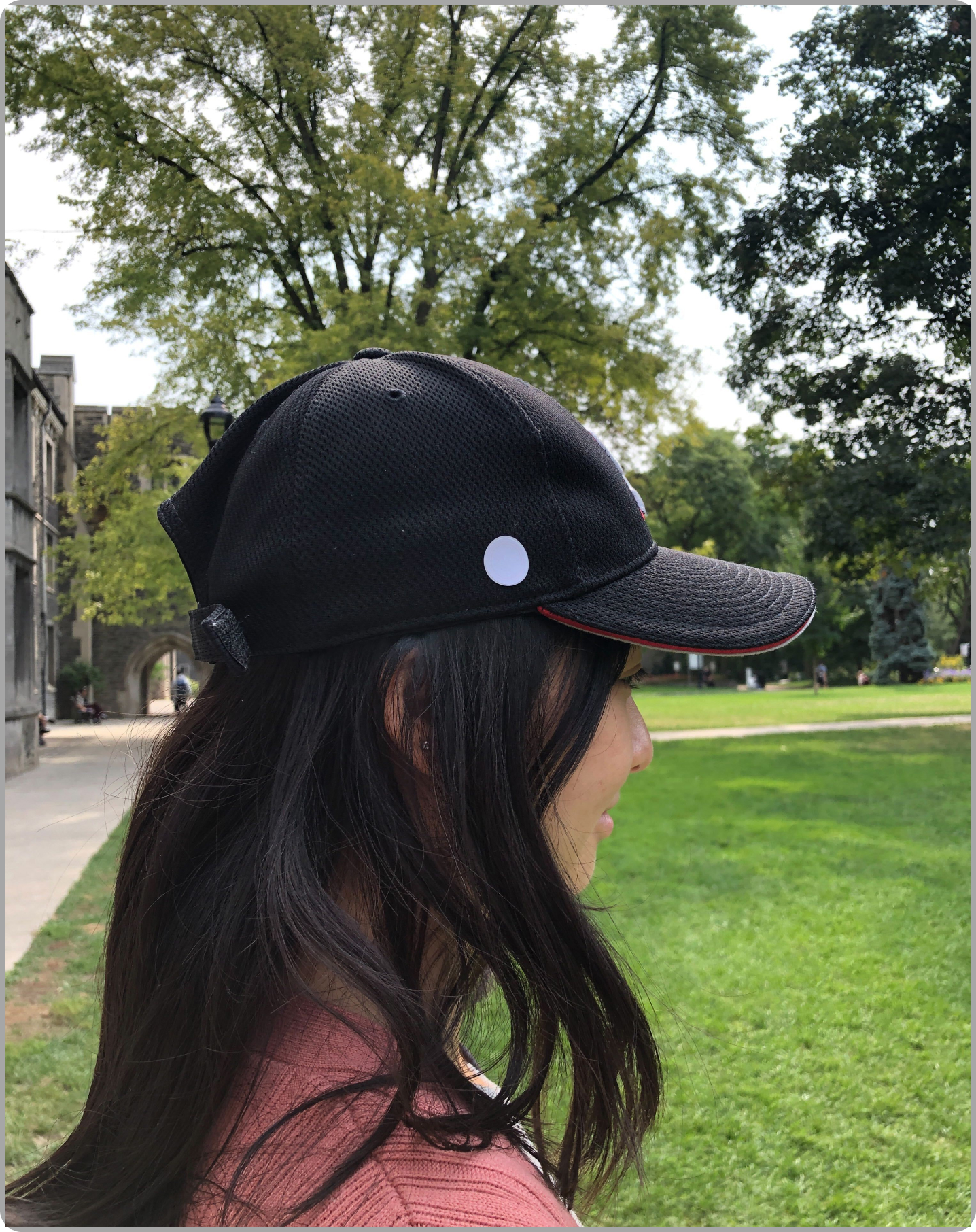
Alerted State
Indicates moderate UV risk
i.e. apply sunscreen
![]()
![]()
Indicates moderate UV risk
i.e. apply sunscreen
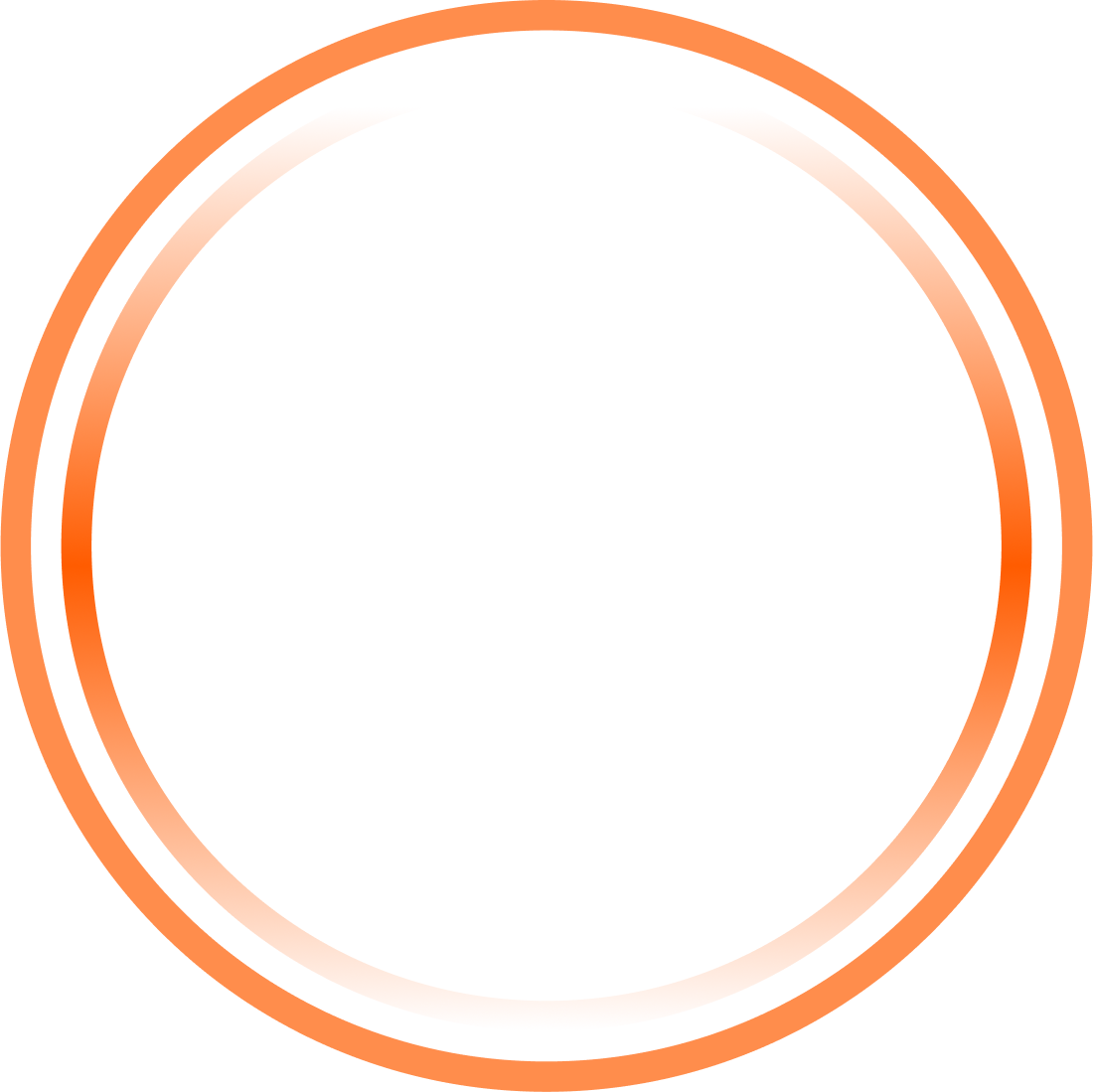

Warning State
Indicates major UV risk
i.e. skin warning
![]()
![]()
Indicates major UV risk
i.e. skin warning
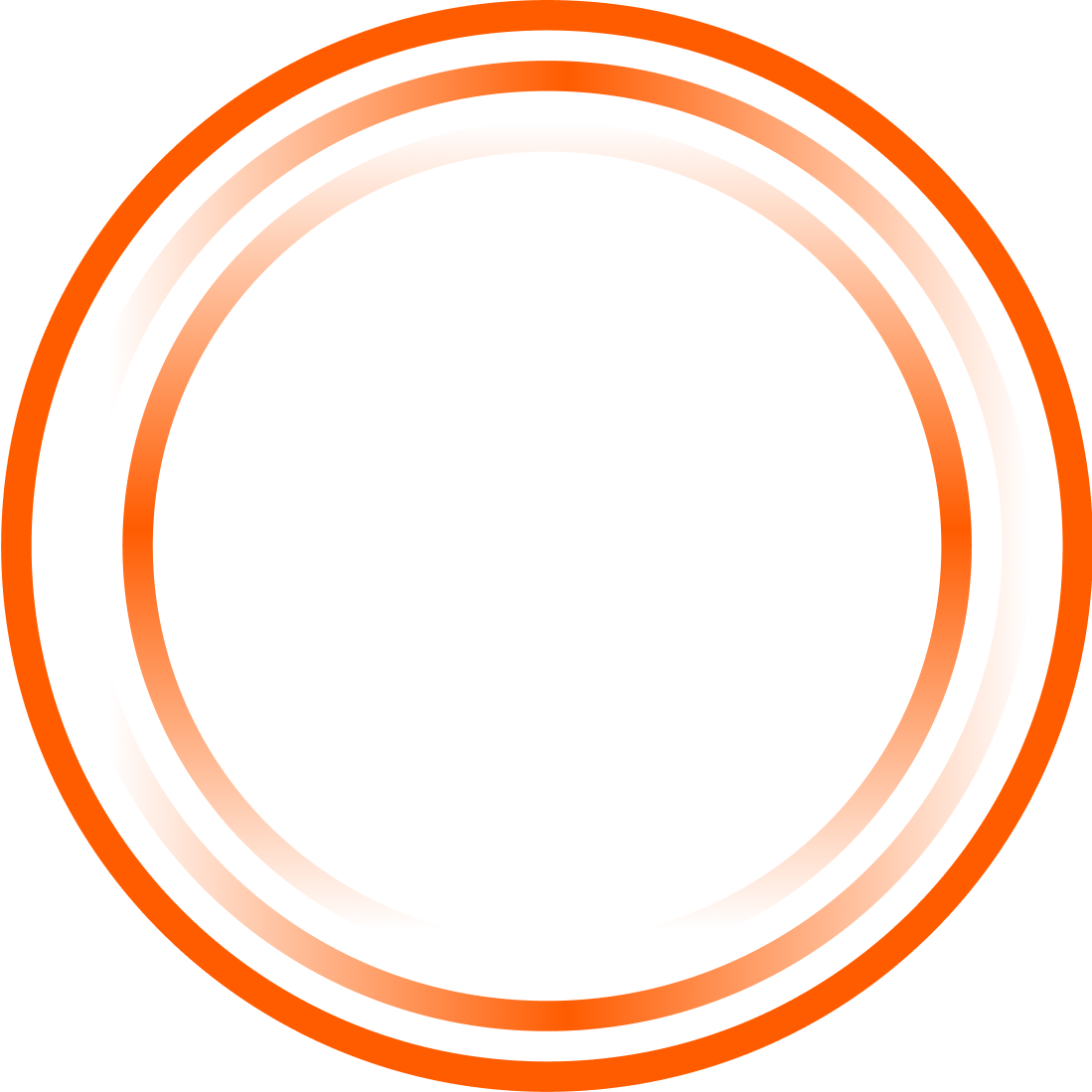
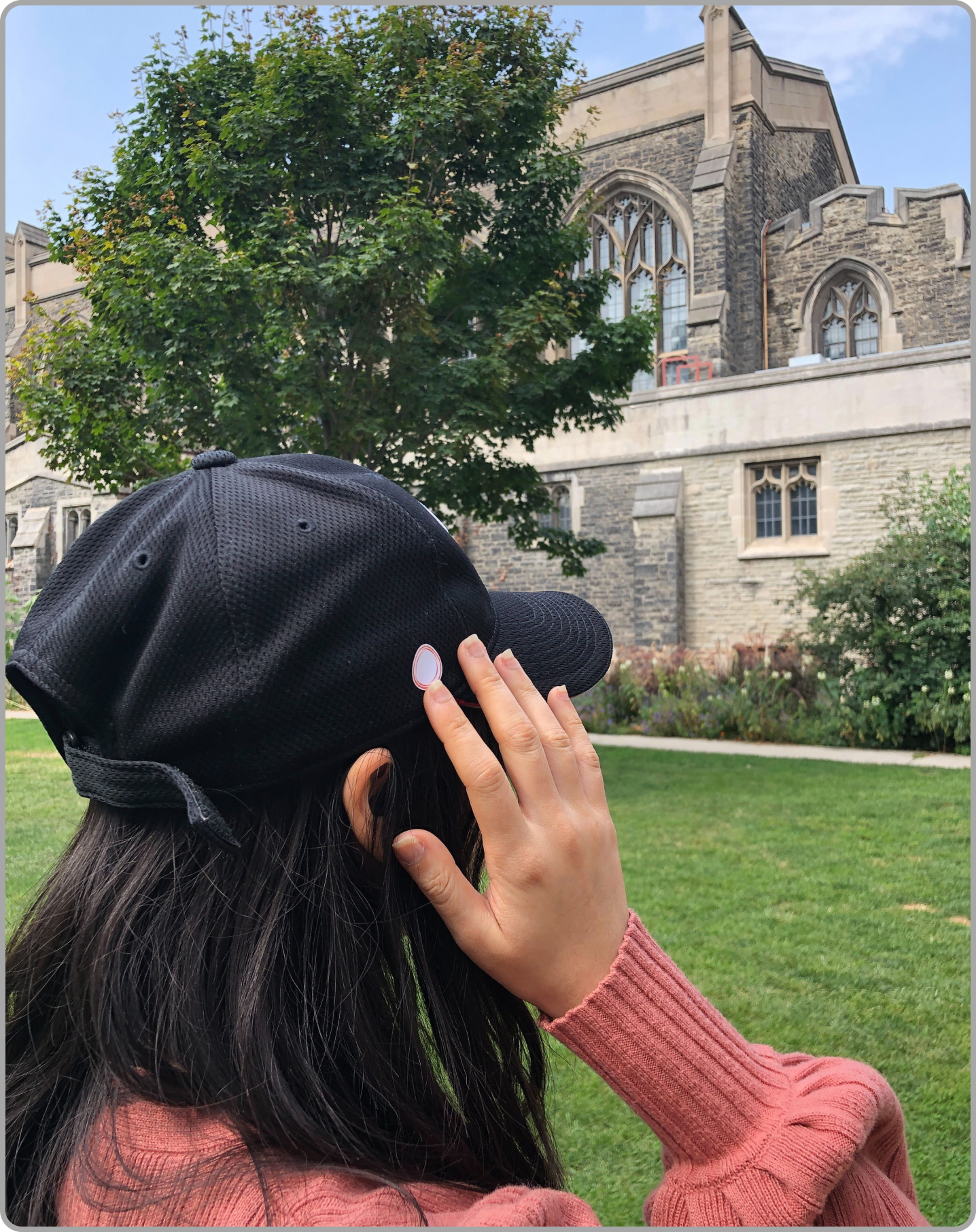
Prototype: Solace App


Thank you for reading!